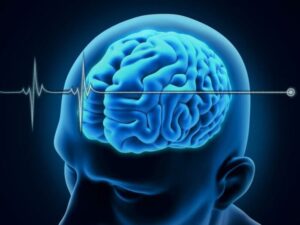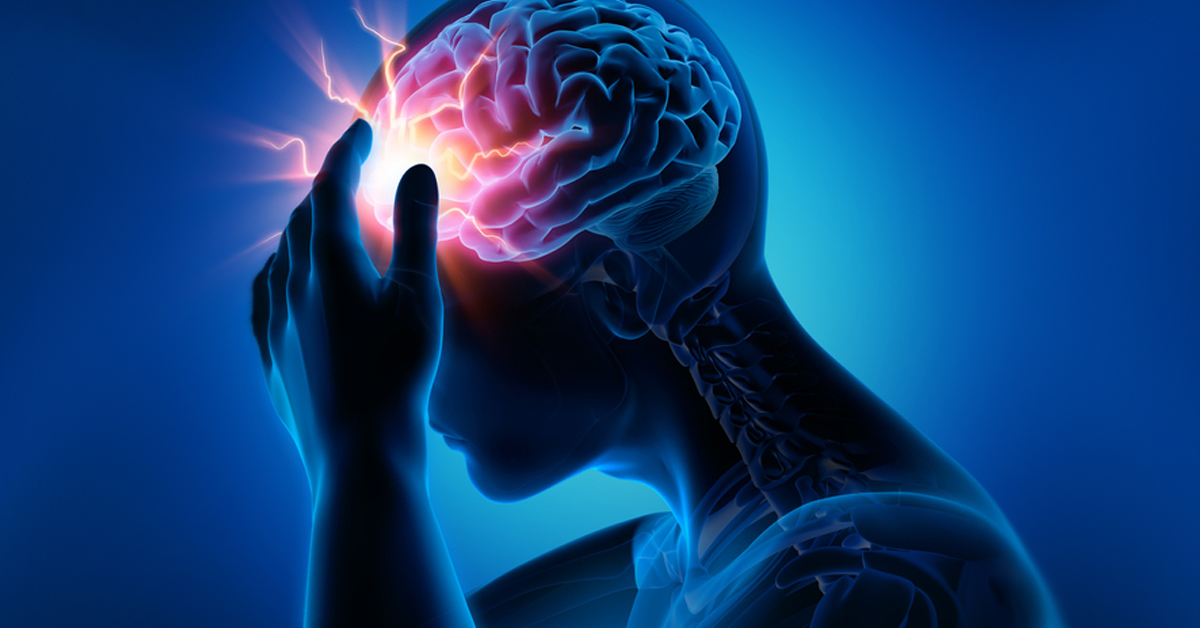Brain death also known as brain stem death is a medical condition that happens when your brain stops working. Brain death causes permanent damage to your entire brainstem because of injury or chronic illness in the brain. The brainstem manages the whole breathing system and heart rate. The brain is also responsible for managing the senses like sound, vision, and touch, as well as our other abilities to move our bodies. So when these essential functions are not working properly then they are said to have brain death. There are certain criteria and tests to diagnose the malfunction of our brain. In this article, we can discuss the diagnosis methods and causes of brain death.

The main cause of brain death
There are various reasons for the brain death. Some include the irregular supply of blood and oxygen to your brain, damage in the blood vessels and causing internal bleeding, etc. We all know that a continuous supply of blood and oxygen to the various parts of our body is essential for a healthy life. In case, if a person met with a severe accident or injury in the brain, there is a high chance of getting damage in the blood vessel causing bleeding. If this occurs, then the person is expected to be brain-dead.
Other potential causes include:
- Intracerebral hemorrhage
- Ischemic stroke
- Heart attack
- Traumatic brain injury
- Hypoxic ischemic brain injury (HIBI)
- Intracranial infections like encephalitis and meningitis.
Tests conducted to determine brain death
Neurologists who specialize in treating the disorders in the brain and nervous system may do tests more than once before confirming the brain death. Imaging tests like a brain MRI, an apnea test, and an extensive neurological examination are conducted to diagnose brain dead.
Neurological examination
In the case of brain death, you don’t react to lights, touch, or noise as you would before your brain injury. To diagnose the brain death, your neurologist would do the following:
- Touches the back of your throat to check your choking reflex or gag.
- Check your pupils’ response to light.
- Touching your eye with a cotton swab to check if you blink, close your eye, flinch, or move your head.
Apnea test
A catastrophic brain injury can’t let you breathe on your own and you have to rely on mechanical ventilation (ventilators). In an apnea test, the healthcare providers briefly stop ventilator support to check if you can breathe on your own.
Difference between being in a coma and being brain dead
In the case of a coma, a patient might blink or show a response when someone shines a bright light in their eyes. Also, most people emerge from comas. On the other hand, brain dead is irreversible. In the medical history so far, no patients have regained consciousness after the permanent loss of brain function.
Is it possible to prevent brain death?
The answer is NO. Once the function of the brain stops, there are no ways to prevent brain death from happening. There is a legal document called advance directive that could state if you want to donate your organs after death including brain death.


